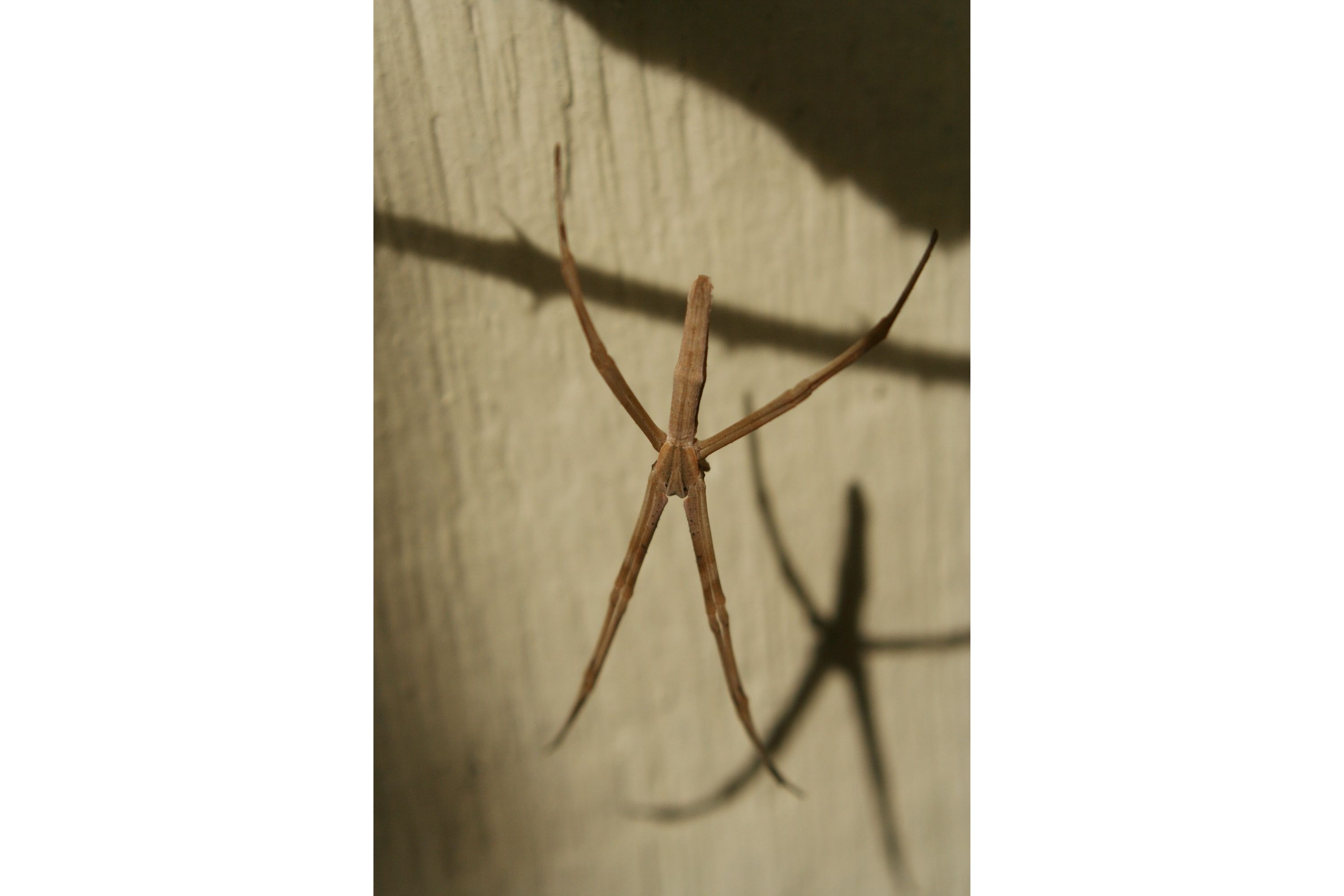Rufous net-casting spider
(Deinopis subrufa)

Description
Deinopis subrufa (also called the rufous net-casting spider) is a species of net-casting spiders. It occurs in Australia (Queensland, New South Wales and Tasmania) and in New Zealand. It is a nocturnal hunter, having excellent eyesight, and hunts using a silken net to capture its prey. They feed on a variety of insects – ants, beetles, crickets and other spiders. They can vary in color from fawn to pinkish brown or chocolate brown. Females are about 25 mm in body length, males about 22 mm. They are not dangerous to humans. This species is often found on a few strands of web in forest, woodland and heathland, or on flat surfaces, for example on the outside of houses. Deinopis subrufa was first described by Ludwig Koch in 1879. The generic name is derived from deinos, Greek for "fearful", and opis, Greek for "appearance", hence the common name of "ogre-faced spiders". The species name subrufa is Latin for "slightly reddish". Males will usually shed their last skin and then seek a suitable female to mate with. They will rest on the outer skirts of the female's web, and will gently pluck the web to show her that they are interested. Days after mating, the female then constructs a globular egg sac, approximately 10-12 mm in diameter. It is generally a light brown or fawn color with black specks on it and contains anywhere from 100-200 eggs. It is usually disguised and protected by a leaf. Once the female has constructed the egg sac and laid the eggs, she will usually leave it to its own protection. After around 3 weeks, the young hatch. Deinopis, also known as net-casting spiders, gladiator spiders and ogre-faced spiders, is a genus of net-casting spiders that was first described by W. S. MacLeay in 1839. Its distribution is widely tropical and subtropical. They catch their prey using a specially spun "net". The name is derived from the Greek δεινός (deinos), meaning "fearful", and opis, meaning "appearance", referring to their ogre-like faces. The spelling "Dinopis" is also found, but is regarded as an "unjustified emendation". Spiders in the genus Deinopis catch their prey in an unusual fashion. They first spin a small upright rectangular cribellate web. This is then detached from its supporting threads and held horizontally above the ground by the spider's long front two pairs of legs while the spider hangs almost vertically.
Taxonomic tree:







